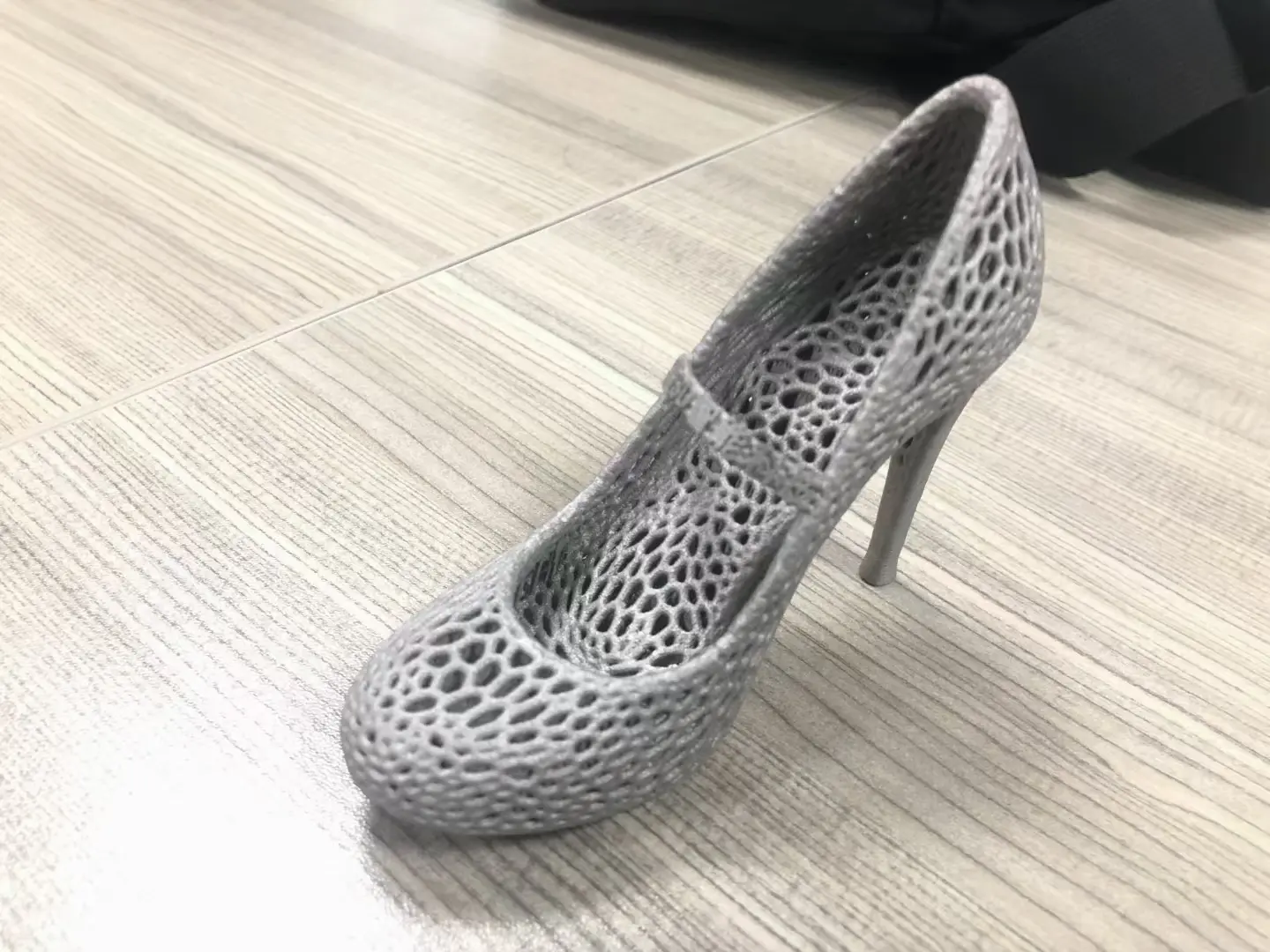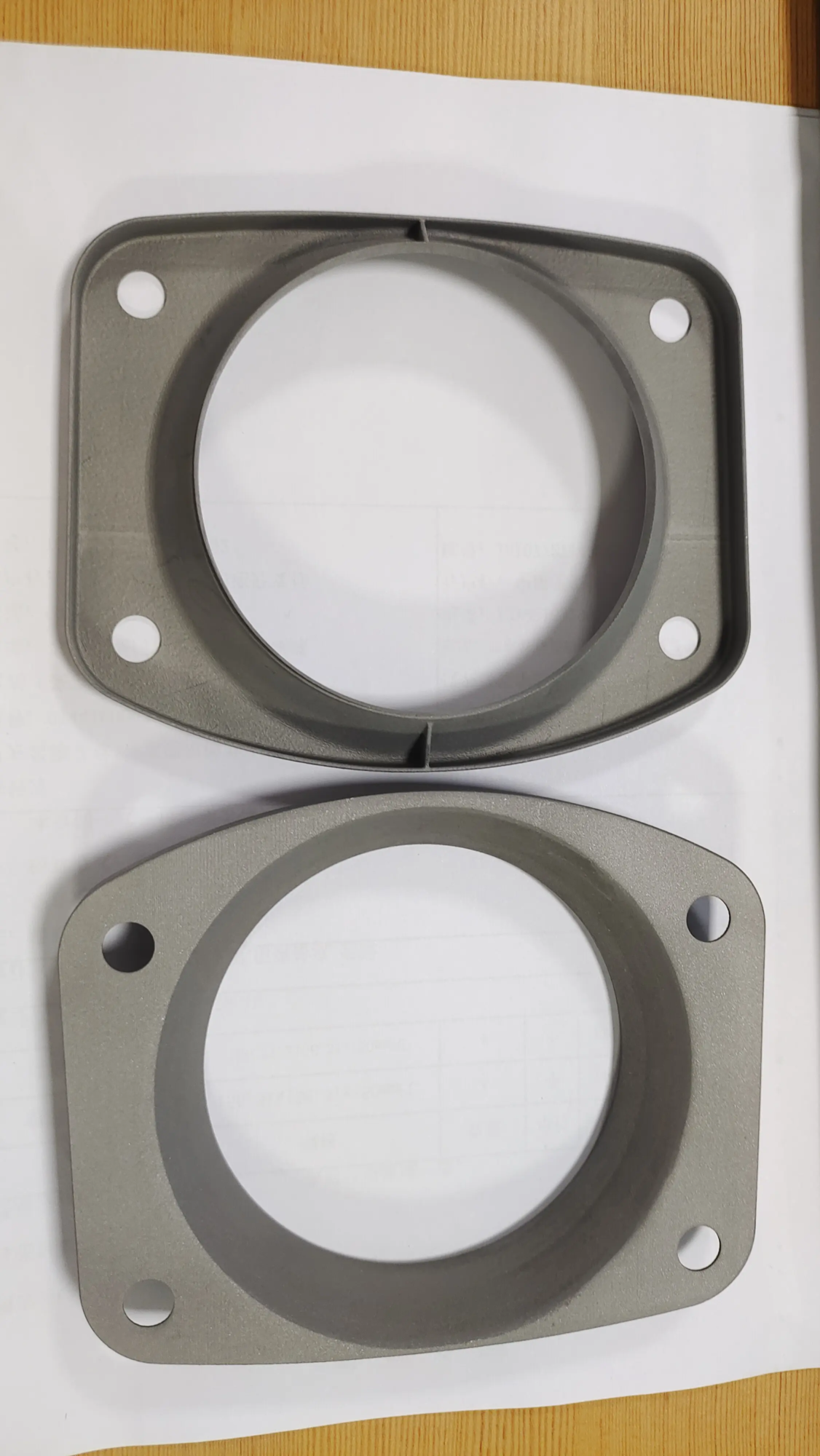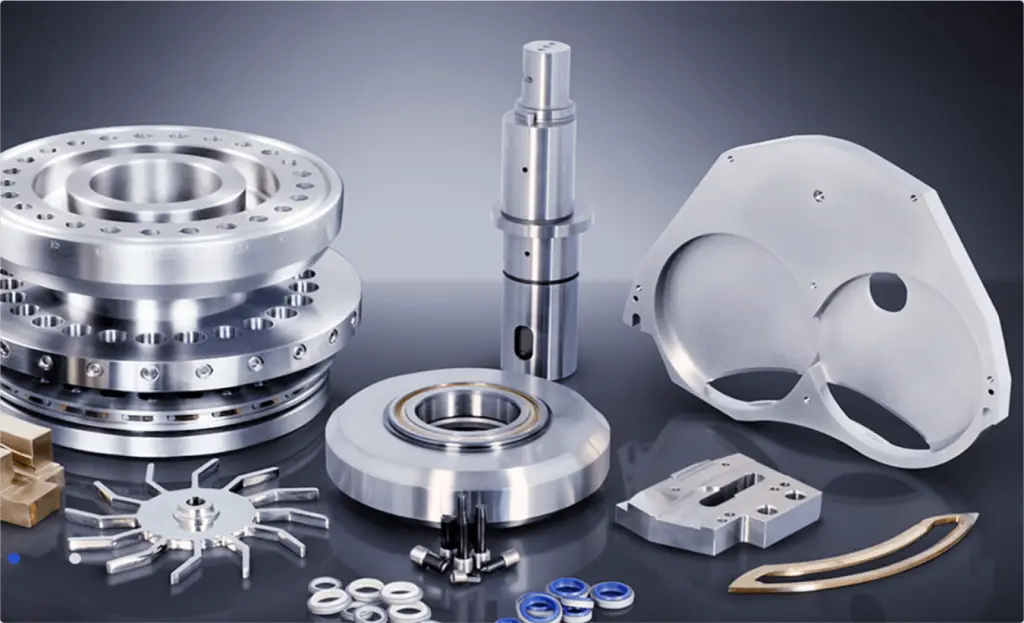Powder Paradigm Transfer: How 3D Printing Innovates Snowboard Binding
For decades, snowboard binding has been a key interface between riders and boards, transforming every subtle transformation of weight and intention into carving, jumping and riding accuracy. While materials and design have evolved – from early belts and plates to today’s complex high back and foundation plates, the manufacturing core remains largely traditional: injection molding, CNC machining, metal formation. Input additive manufacturing or 3D printing. This technology is not just adding a layer. Fundamentally, it can reshape binding designs and performance, highlighting the boundaries of customization, performance optimization and materials science.
Beyond Quality Production: The Core of 3D Printing Bound
At its core, 3D printing directly builds objects layer by layer from digital models. In the background of snowboard binding, this translates into huge freedom:
- Unprecedented customization: Forgot to lean forward or belt length adjustment. Imagine binding tailored Exactly Achieving the contour of the foot, ankle height and preferable elastic patterns. 3D printing can create impossible unique geometric shapes through molding or machining, providing true personalized fit and biomechanical support. This can greatly improve comfort, reduce pressure points during long rides, and increase power transfer for faster control.
- Complexity is free: Traditional manufacturing struggles with complex internal structures or organic, uneven shapes that can optimize strength-to-weight ratios. 3D printing flourishes in complexity. Designers can incorporate complex lattice structures into base plates or high backs that provide targeted stiffness when needed, suppress vibration elsewhere and maximize strength while standing out.
- Rapid prototype and iteration: The design cycle accelerates exponentially. Engineers can quickly print, test, perfect and reprint prototype bindings, bringing rider feedback into much faster than traditional tools allow. This agility drives innovation, resulting in performance breakthroughs that will quickly hit the slope.
- Material Innovation: 3D printing unlocks advanced materials other than typical plastic. High-performance polymers such as Pekk (Polyetherketoneketone) or PEEK have excellent strength, impact resistance, fatigue life and low temperature toughness – critical to alpine environments. The integration of continuous fibers such as carbon fiber or glass fiber in the printed polymer matrix produces composite materials, which are comparable to metal strength in a small portion of the weight.
- On-demand and sustainable potential: Printing toward on-demand binding reduces the need for large inventory and minimizes waste associated with traditional subtraction manufacturing (processing excess materials). Although it is still evolving, there is great potential through effective material use and local manufacturing.
Peak performance: tangible benefits
So, what does this mean for riders carved on the mountain?
- Lighters are faster and more flexible: The weight of the binding is directly converted into a lighter swing weight, making ollies, spin and plate operation faster and more fatigued, especially during parks or manipulation.
- Optimized responsiveness and feeling: The precise adjustment of the flexibility mode through complex structures allows binding to be predictable and effectively react to rider input. You need a fusion of exact support and forgiveness, which enhances engraving accuracy and landing stability.
- Enhanced comfort and reduce fatigue: Personalized fit eliminates hot spots and distributes pressure evenly. Selections of substances such as vibration damping lattices absorb tremors on uneven terrain, reducing prolonged leg fatigue. Targeting ankle support minimizes strain.
- Improve durability: Advanced engineered polymers and composites printed in optimized geometry have excellent resistance and resistance to cold temperature packaging, which may increase binding life compared to many traditional plastics.
Navigating ripple terrain: Challenges and considerations
Although the potential is huge, the binding of 3D printing is still rising:
- cost: Currently, technology and advanced materials often lead to higher price points compared to mass-produced molding bindings, limiting accessibility to mainstream consumers. The economy of scale and process improvement needs development.
- Material properties and certification: Ensuring long-term durability, consistent performance and industry-safe certification for complex printing structures remains a key challenge to actively respond in extreme and variable mountain conditions (impact, cold bending, UV resistance, moisture absorption).
- Production speed: While prototyping is fast, mass-generated mass production using 3D printing is slower to bind and may be more expensive than established molding techniques for large numbers of items. A hybrid approach may bridge this gap initially.
The future of the future
The trajectory is obvious. We can expect:
- Mainstream adopt acceleration: As costs decline, speed increases and materials science advances, 3D printing binding will transition from niche prototypes and Pro models to wider market availability.
- Super personalized: Scanning riders’ boots and feet may become the norm, allowing the binding to be customized to millimeters, providing optimized performance and comfort for everyone.
- Multi-material and functional integration: Printing with multiple materials simultaneously can use integrated shock absorbers, sensor pockets for binding, and even conductive elements to create "Smart" Bind.
- Further material breakthroughs: Develop lighter, more powerful, and more environmentally friendly materials tailored for additive manufacturing for winter sports.
Greghime: The Future of Engineering Riding
Bringing innovative high-performance 3D printed skis from concept to the mountain requires deep expertise in additive manufacturing and precision engineering. This is what the company likes Great shine.
As a leading professional rapid prototyping manufacturer, Great Have advanced SLM (Selective Laser Melting) Metal 3D Printing Capacity and cutting-edge production technologies are essential to the development and production of complex combined components. Their mastery goes beyond printing:
- End-to-end solution: From the initial digital design consultation to Rapid prototyping and strict functional testing, One-stop post-processing and completion service (including key steps such as heat treatment, precision CNC machining of mating surfaces, and specialized surface treatments for durability and aesthetics), Gregmight provides comprehensive support.
- Excellent substance: With expertise in handling a wide range of metals and polymers, Greatlight can use this project to recommend and execute projects. The most suitable high-performance material To require snow sports applications, resilience in harsh alpine conditions can be ensured. Customized materials procurement? They can handle it, too.
- Speed and accuracy: Understand the pace of innovation, Greatlight specializes in research Quickly customize precise machining and prototypingaccelerate the development cycle of ski brands to promote the envelope. Their commitment to precision ensures functional parts after printing beds and after-processing.
For ski manufacturers and innovators looking to leverage the bound transformational power of 3D printing, work with proven experts like this Great Provides a technical foundation, material proficiency and manufacturing accuracy to turn groundbreaking design into a reliable, high-performance reality. Explore the potential of your next breakthrough combined with custom precision rapid prototyping for your project.
Conclusion: Carving a new path
3D printing is more than just an incremental update of snowboard binding; it represents a paradigm shift. Changes from quality production limitations to digital freedom unlock unprecedented customization, performance optimization and innovative design. Despite the persistence of cost and scale challenges, the trajectory is heading towards a future where binding is lighter, stronger, more comfortable and tailored for every rider. The technology enables engineers to rethink structures from scratch, leveraging complex lattices and advanced materials to achieve previously unimaginable performance characteristics. As the process matures and collaborates between the snow sports industry and advanced manufacturers such as Greatlightens, 3D printing binding will no longer be novel and become the standard for riders who require absolute best connections to the board and mountain areas. Revolution is printing, one layer.
FAQ: 3D printed snowboard binding
Q1: Can I buy 3D printed ski bindings now?
A: Yes, but they are mostly found in the high-end market, usually limited edition models, professional knight collaborations, or specially customized programs offered by innovative brands and startups. As technology matures and costs decline, widespread mainstream retail supply is still increasing.
Q2: Are 3D printed bindings as strong and durable as traditional bindings?
A: When designing the correct design with appropriate engineering grade polymers (e.g. nylon 11/12 composites, peck, peep) or metals (e.g. through SLM/DMLS), proper post-treatment can be high standards, they can be high standards abnormal Strong and durable. In fact, design freedom makes it possible for them to be Stronger Compared with some traditional bindings, in key areas. Strict testing and certification are key.
Q3: How many points are bound to 3D printing?
A: Compared to traditional stiffness, weight savings can be substantial, usually from 15% to 30% or higher. This is mainly due to the efficient use of the material in the optimized lattice structure, thus eliminating unnecessary volume.
Q4: Can I customize the bindings to fit my feet completely?
A: Real, fully personalized bindings are emerging based on 3D scanning, but are currently offered by some professional companies/customized plans, usually at a high price. This level of customization is a major advantage of the technology and over time it will become more accessible. More generally, 3D printing gives brands greater flexibility and can be available in a larger range of ready-made sizes and suitable than traditional molding allows.
Q5: Why are these bindings more expensive?
A: The higher costs stem from several factors: the price of advanced printing materials (especially high-performance polymers and composites), slower production time compared to injection molding (currently), investment in dedicated industrial 3D printing equipment, reinforcement design and engineering work required to optimize structures, are usually the initially lower production volume. With the increase in adoption and advancement of technology, prices are expected to become more competitive.
Question 6: What main materials are used?
Answer: Key materials include:
- High-performance polymers: Nylon 11 and Nylon 12 (usually fiber reinforced – for example, glass, carbon), Beijing (anomaly chemical, thermal and shadow resistance), PEEK (extreme strength and weather resistance).
- Metal: Titanium alloys (for extremely lightweight strength and corrosion resistance), aluminum alloys (for weight and strength savings) – are usually selectively used in critical components through processes such as SLM/DML.
- Elastomer: Sometimes integrated for damping elements (eg, by multi-jet fusion).
Question 7: Is 3D printing not forever? How is mass production feasible?
A: It takes longer to print a single binding contrast molding, but the dynamics are changing. Advances in printer speed, multi-laser systems, automated post-processing and factory-scale additive manufacturing facilities ("farm") is steadily increasing throughput. Furthermore, eliminating expensive, produced molds makes low to medium sales more feasible in 3D printing than traditional methods. Production speeds are expected to continue to increase significantly.
Question 8: How do companies like Greatlight adapt to these bindings?
A: Manufacturers like Greatlight provide the key advanced manufacturing expertise and abilities that ski brands often need. They provide:
- Rapid prototyping: Quickly iterate and test design concepts.
- Material consultation: Advice on the best high-performance materials.
- Industrial grade production: Use advanced printers such as SLM in metal for functional parts.
- Precise completion: Basic post-treatment (CNC machining, heat treatment, surface finish) to ensure that parts meet stringent dimensional tolerances, strength requirements and aesthetic standards.
- Scalable solutions: Supporting brands from prototype verification to initial production.





